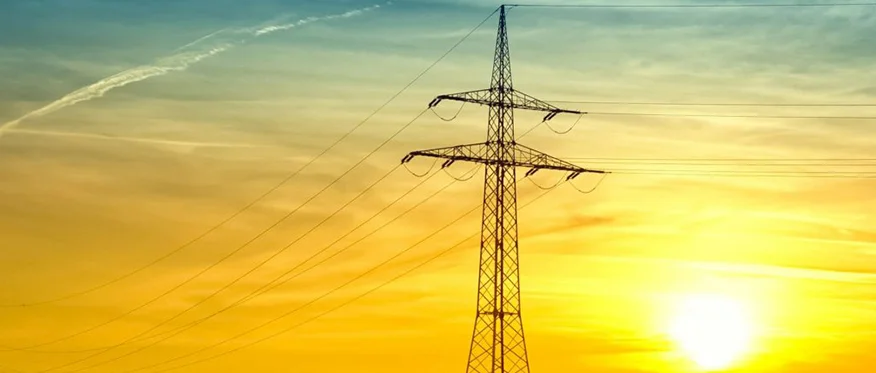Alternate Means of Energy
CleanMax February 6, 2018 | Tuesday

The world’s energy needs are rising exponentially every year, and the natural resources that generate this energy are being consumed at an alarming rate. Not only are we depleting natural resources, but also polluting the one and only planet we have. It is critical and imperative to explore alternate means of energy, not just to preserve our planet but also to bequeath a sustainable environment for future generations. The next level of industrialization and development that will be soon upon us will require non-traditional energy resources.
So, it is vital to explore alternate means of energy.
Forms of energy.
The alternate forms of energy include: solar photovoltaic energy, solar thermal energy, wind energy, hydro energy and biomass energy. These are naturally occurring; but, unlike coal and oil, they can be replenished. Alternate energy solutions have the advantage of being environmental-friendly as they involve the use of clean and natural resources. However, some of the alternate energy solutions like nuclear energy may be polluting.
The world’s electricity needs can be met by alternate energy solutions as they are practical and affordable.
These solutions will reduce our dependence on fossil fuels, lead to diversification of electricity supply, create new industries and employment – all the while cutting down on global warming and pollution.
As more and more governments grasp the benefits of alternate energy solutions, the demand for these alternate energy solutions is on the rise.
The costs of using alternate energy solutions have fallen over the last few years, making them economically competitive. The prices are expected to fall further. To make these solutions even more attractive, the state should form policies that give investors the confidence to expand the markets for these solutions.
Most countries in the world have created a friendly economic environment for the development of these solutions. India has been proactive and is at the forefront of the alternate energy revolution – leading the emergence of many companies We are investing in the alternate energy solutions market. The Indian government has set a target of 100 GW of solar energy by 2022, and this may not be as ambitious as it sounds. A report released by the Cleveland-based Institute of Energy Economics and Financial Analysis suggested that the installed capacity of solar power in India can reach 75 GW by 2022, delivering up to 110 TWh or 22% of the required electricity increase in the country.
These projections are likely to change for the better as there is a lot of focus on solar energy in India and the environment is very fluid.
It is interesting to note that India is replicating Germany’s and China’s planned electricity sector transformation with the added advantage that the cost effectiveness of this is accentuated by the fact that the cost of solar electricity has dropped by 80% during the last five years.
It is safe to assume that in a few years alternate means of energy will be the most common, efficient and cheapest way to generate electricity.
An insight in to the Solar Energy goals of India